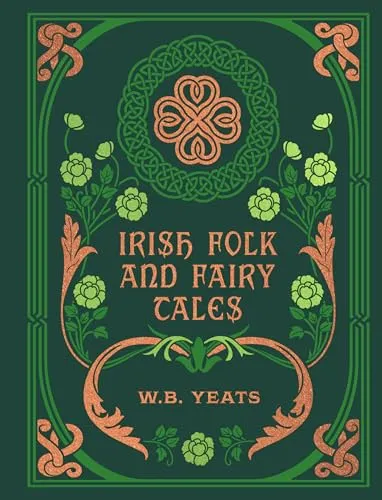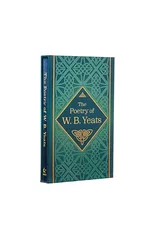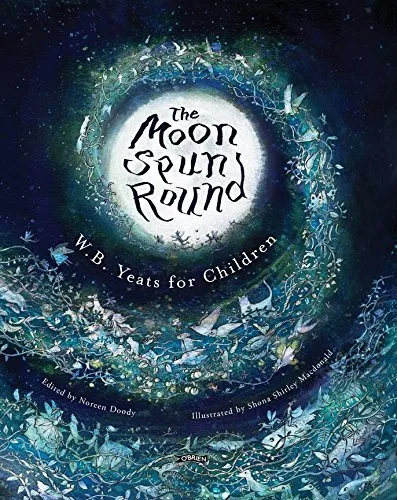The Tower
1928
(Author) W.B. YeatsFirst published in 1928, The Tower was Yeats’s first collection published after receiving the Nobel Prize in 1923, and it is perhaps the major work that most cemented his reputation as one of the foremost literary figures of the twentieth century. The titular poem, ‘The Tower’, refers to Thoor Ballylee Castle, a Norman tower that Yeats purchased in 1917, and which formed the basis of the original cover design – evoked in the cover of this edition. The collection also includes some of his most inventive and profound work, and develops deep themes regarding life, love and myth. With explanatory notes, this edition seeks to bring the collection to a greater readership and to offer a more profound understanding of the great poet’s work. 'His verse is inspired, his poetic persona is magnificent.' Peter Ackroyd, The Times 'Together with Joyce, Yeats made modern Irish poetry possible.' Timothy Webb
W.B. Yeats
W.B. Yeats was an Irish poet, playwright, and one of the most prominent figures of 20th-century literature. Known for his lyrical and mystical poetry, Yeats's works often explored themes of mythology, symbolism, and the occult. Some of his most notable works include "The Tower," "The Wild Swans at Coole," and "The Second Coming."
Yeats played a significant role in the Irish Literary Revival and was a key figure in the development of modernist poetry. His poetic style combined traditional Irish folklore with modernist techniques, creating a unique and influential body of work that continues to inspire generations of poets and writers.
One of Yeats's most famous works is "The Lake Isle of Innisfree," a poem that reflects his deep connection to the Irish landscape and his longing for a simpler way of life. Yeats's contributions to literature, his innovative style, and his enduring influence make him a towering figure in the world of poetry and literature.






